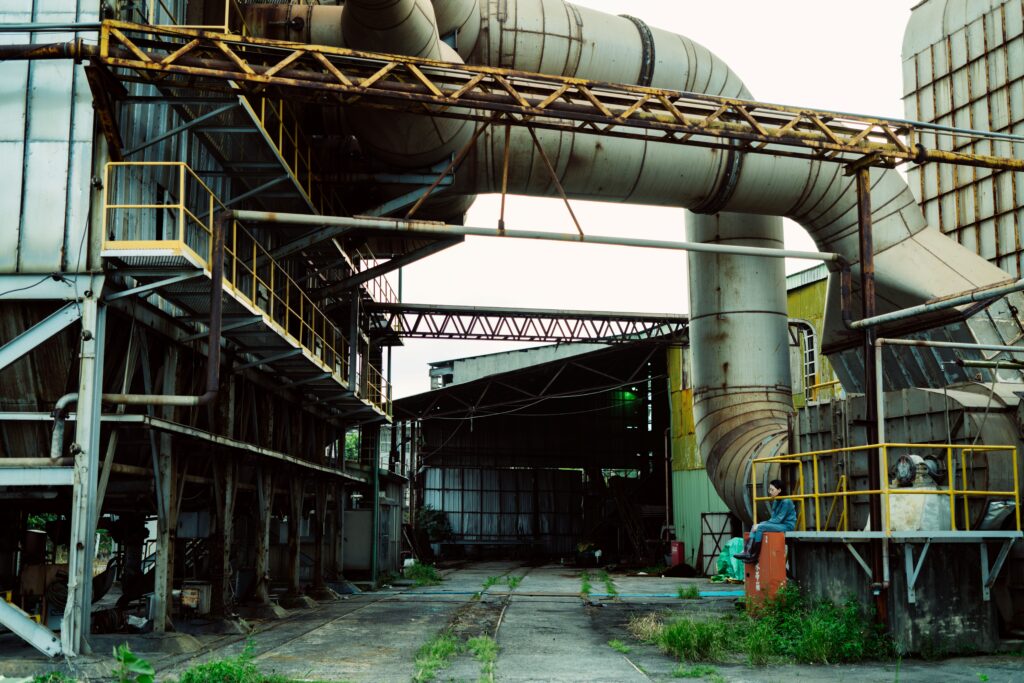![]()
Ting-Tong Chang
About the artist
TTC Studios is an artist studio based in Taipei, founded in 2019 and run by artist Ting-Tong Chang. The studio focuses on the critical aspects of gaming and art. The studio’s projects create immersive gaming experiences that attract both players and art audiences through interactive interfaces designed to engage multiple senses, allowing them to enter unique narrative environments with simple controls. By exploring the relationships between human individuals, technology and society, they embody an aesthetic stance that critiques conventionalisms in commercial games—an ideology that inevitably allows consumerism to outshine the dialogue between the player and the artist or game designer. The studio’s works have been exhibited in multiple countries and have received several international awards, including Taipei Biennia (TW), Guangzhou Triennial (CN), Asia Culture Center (KR), Yamaguchi Center for Arts and Media (JP), Wellcome Trust (UK), Compton Verney Art Gallery (UK), and Mattress Factory Museum (USA). The studio’s major awards include Taishin Arts Award (TW), Taipei Art Award (TW), Art Central RISE Award (HK), VIA Arts Prize (UK) and SXSW Immersive Special Jury Award (USA). The studio’s works can be found in the Taipei Fine Arts Museum (TW), Hong Foundation (TW), Aura Contemporary Art Foundation (JP), Hertzog Da Silva Collection (ES) and private collections in Europe, North America and Asia.
Work being shown at ATM
Name: SOAP (2020)
Location: Modal gallery
Media: Video (17’31”)
Description: SOAP takes the fake news event German Corpse Factory (Kadaververwertungsanstalt), which originated during the First World War, as its starting point. This fabricated story, circulated as wartime propaganda, becomes a prototype for understanding the logics of post-truth. In this work, the artist recontextualises Taiwan’s sugar factory, an infrastructural building from the Japanese colonial period, into a site where the production of sugar is paralleled with the mass production of information. Both the historical factory and the performance serve as metaphors for how narratives are manufactured, circulated, and consumed across different media and social platforms. Together they unfold into multiple narrative routes, inviting viewers to navigate the unstable boundaries between reality and virtuality, between information and weapons, and between war and peace.

